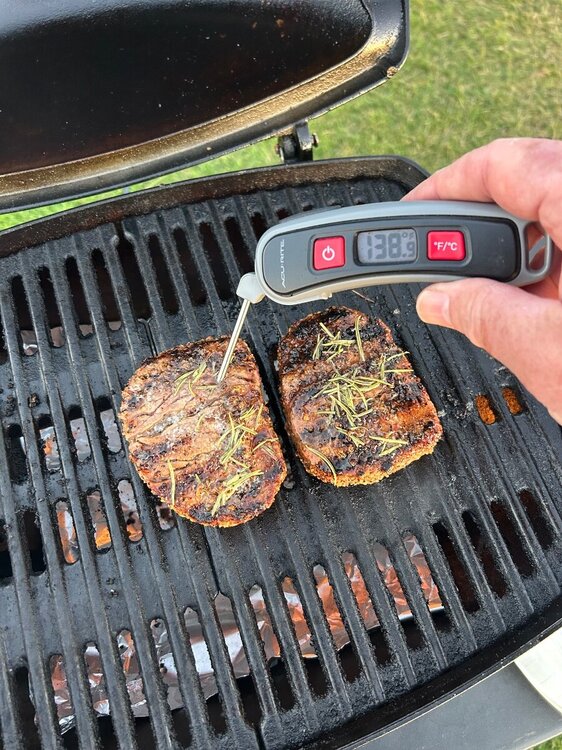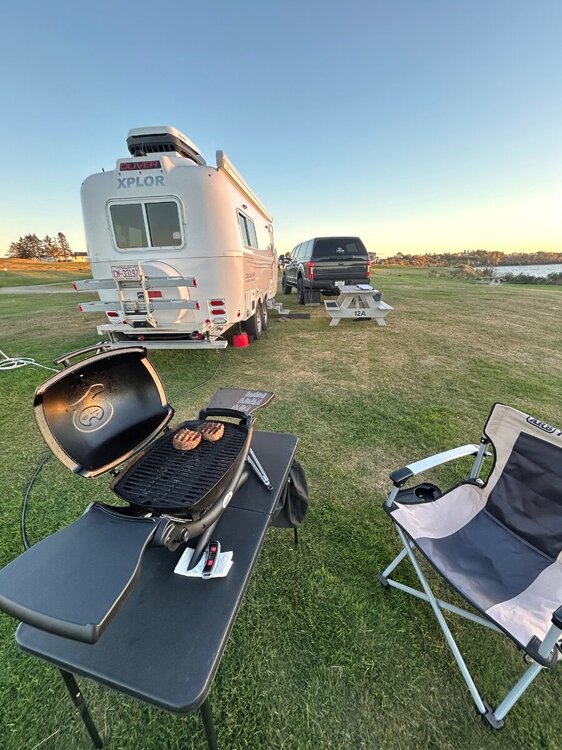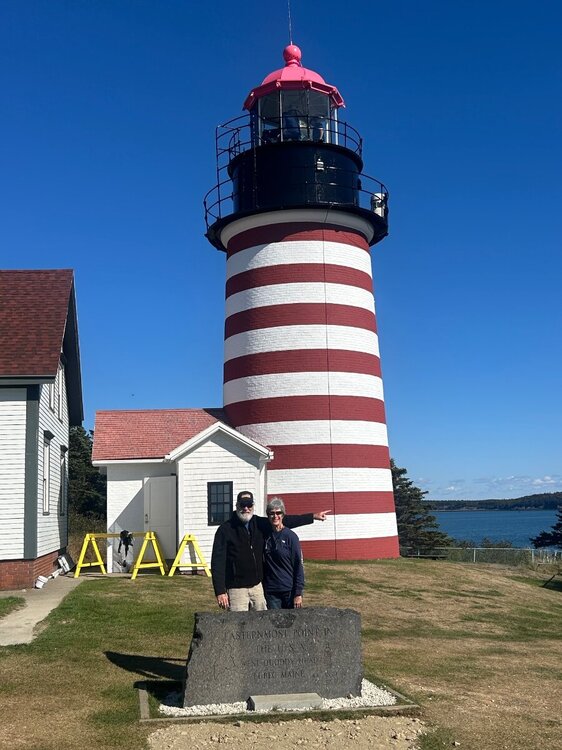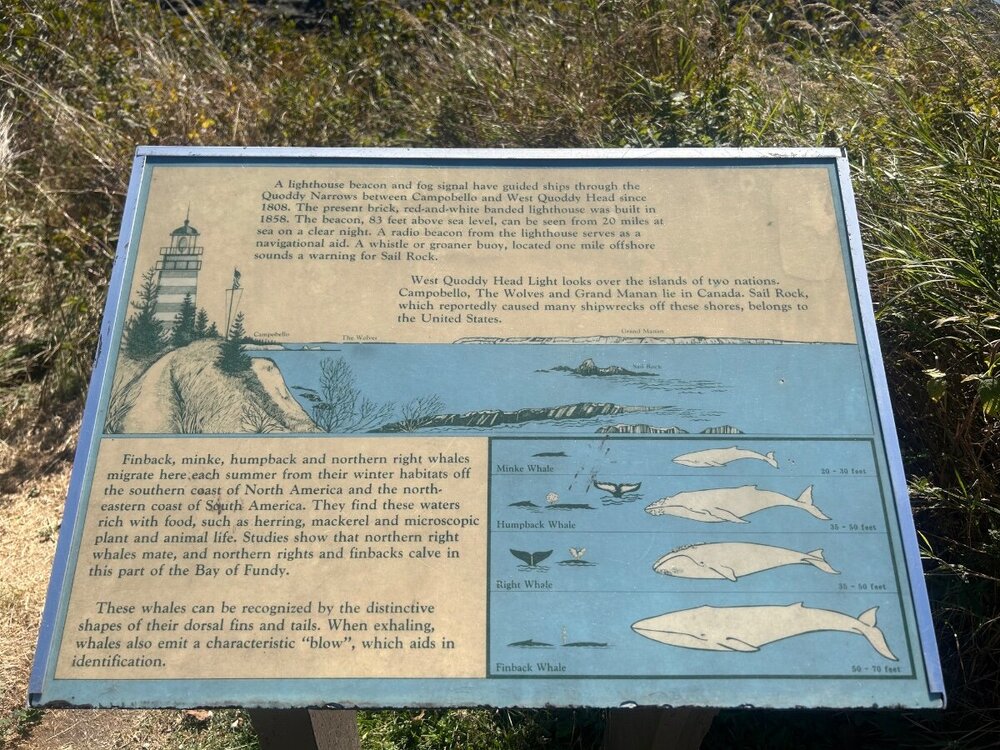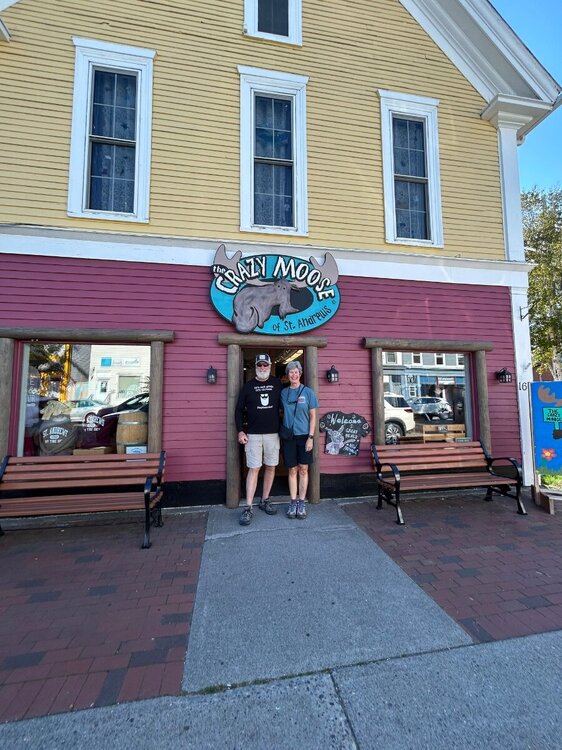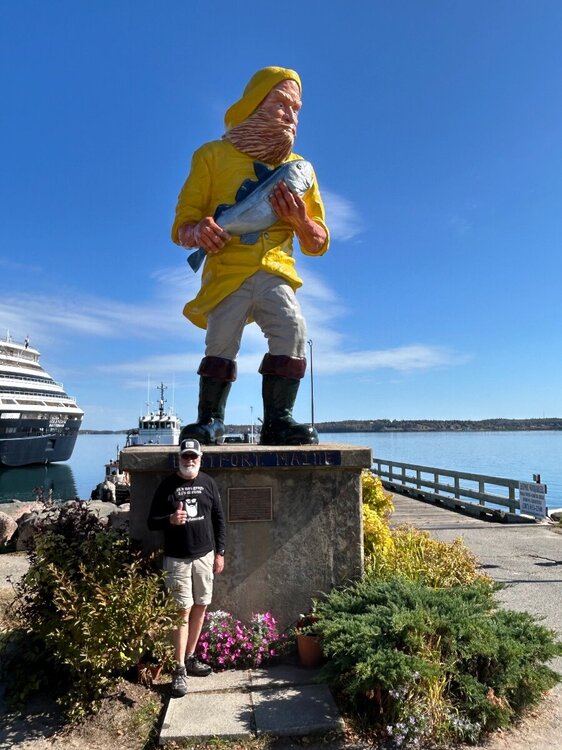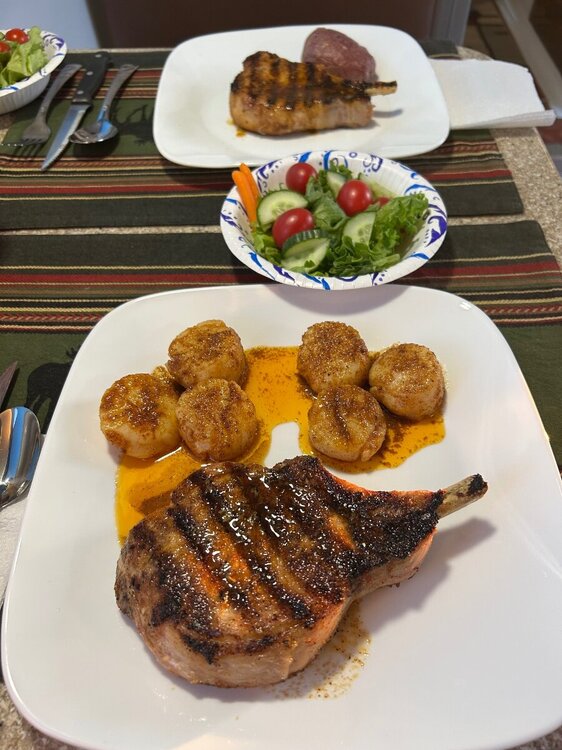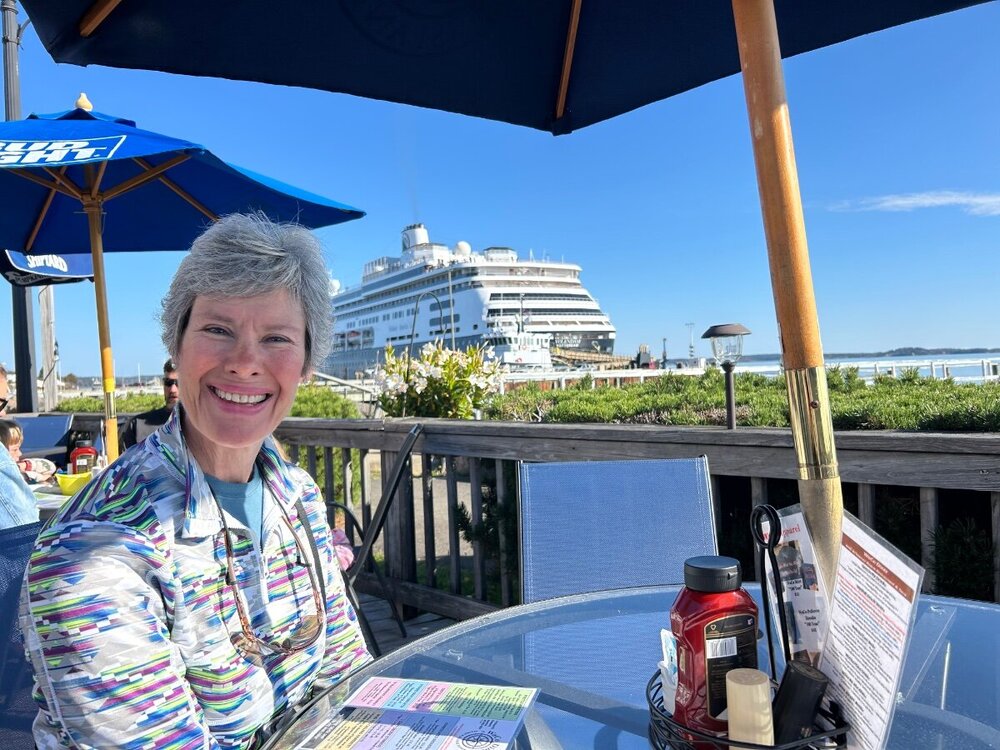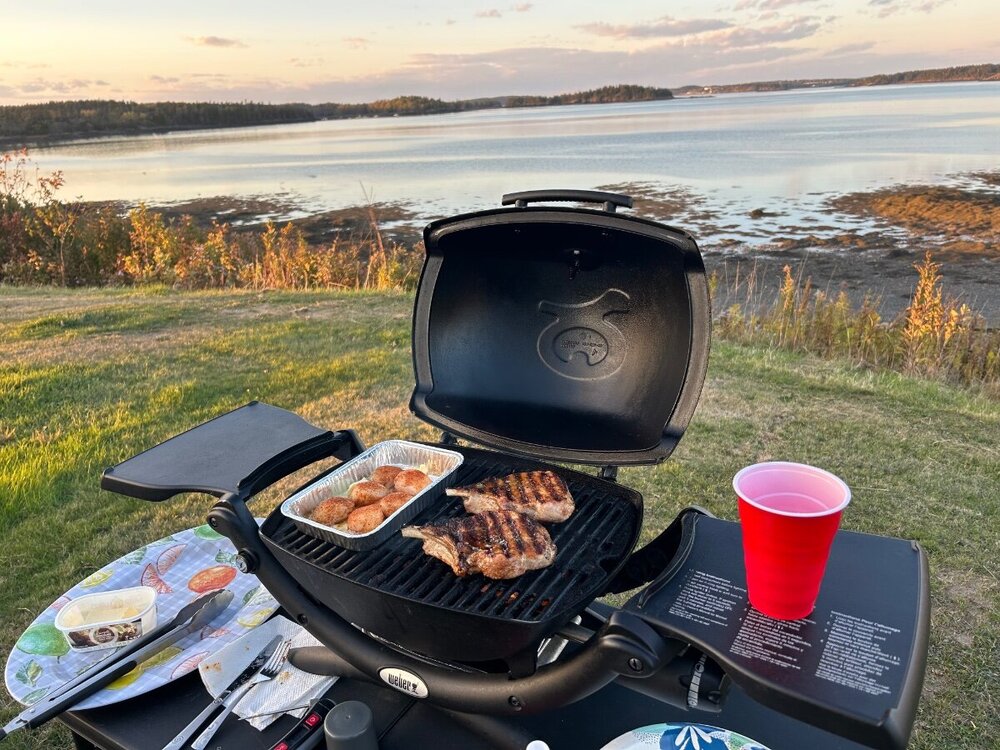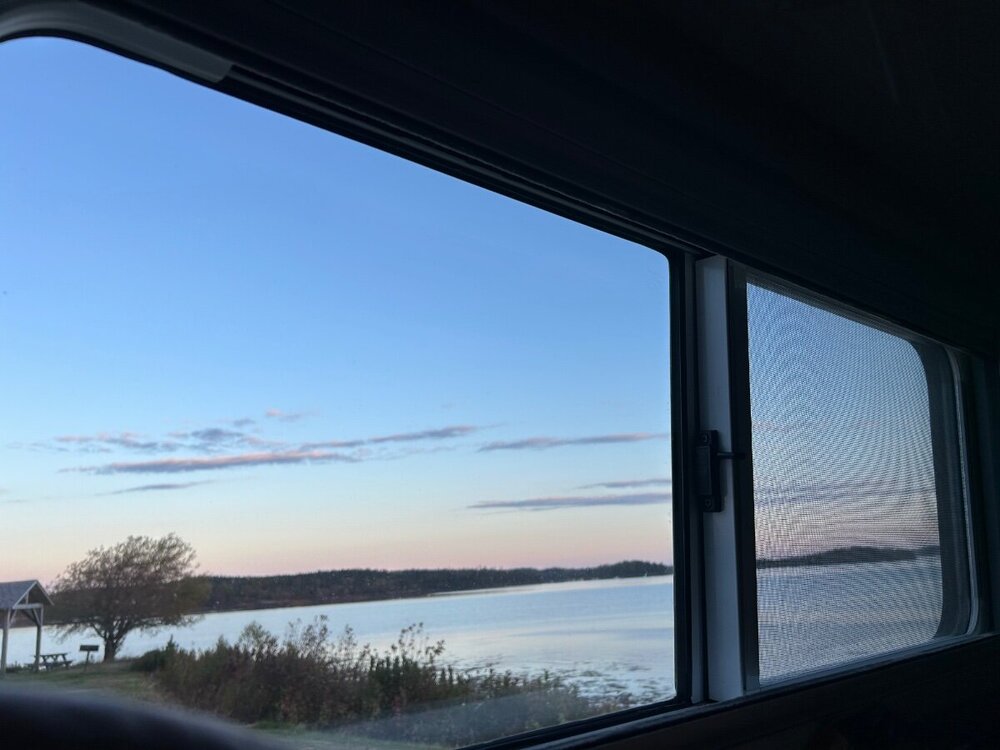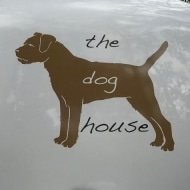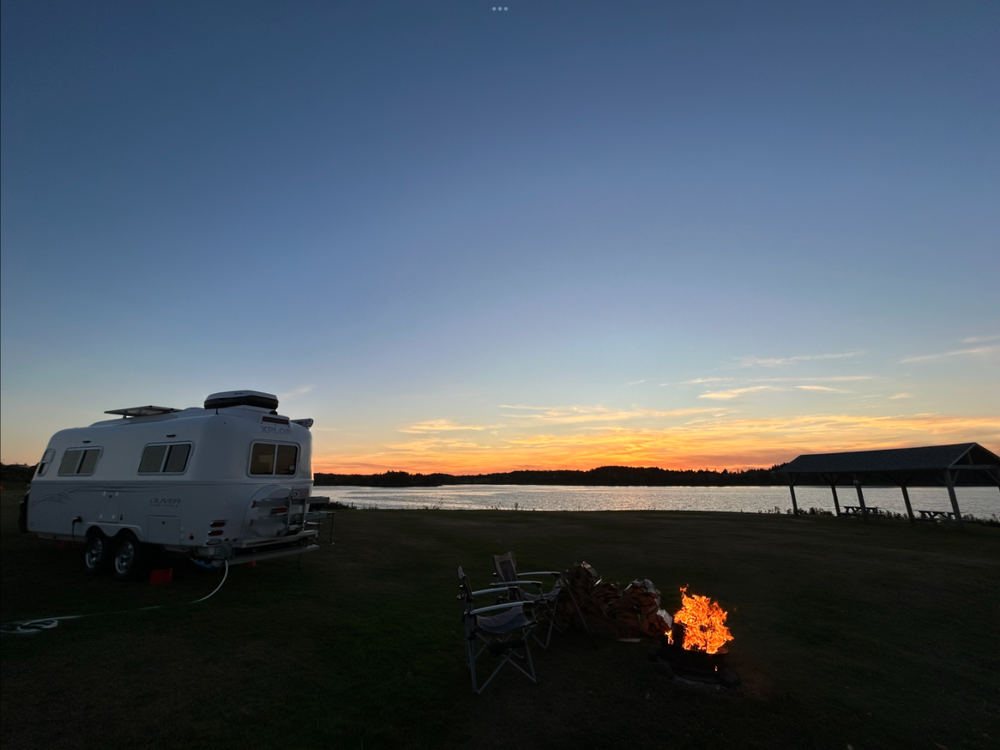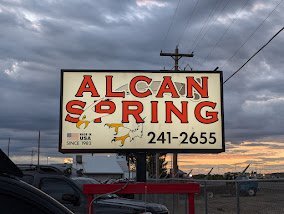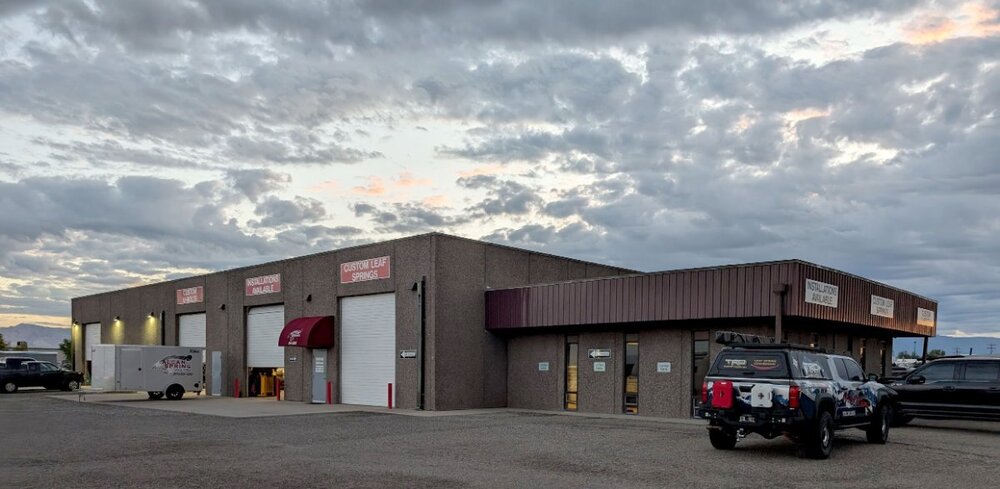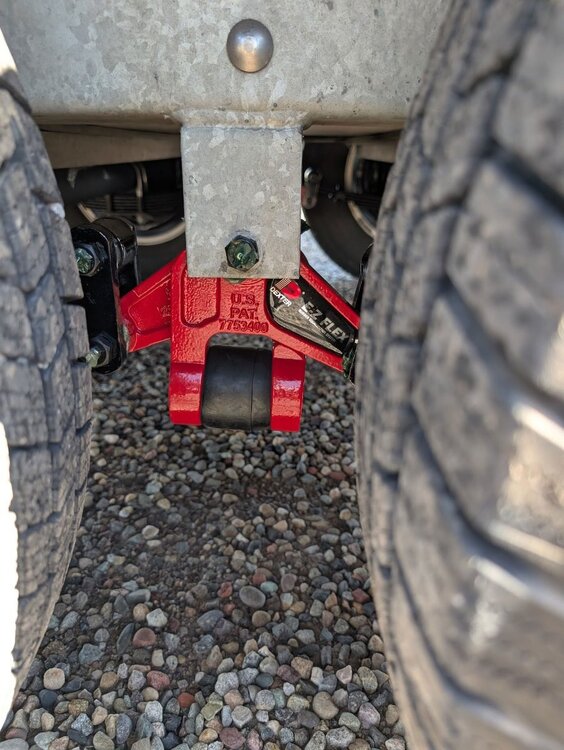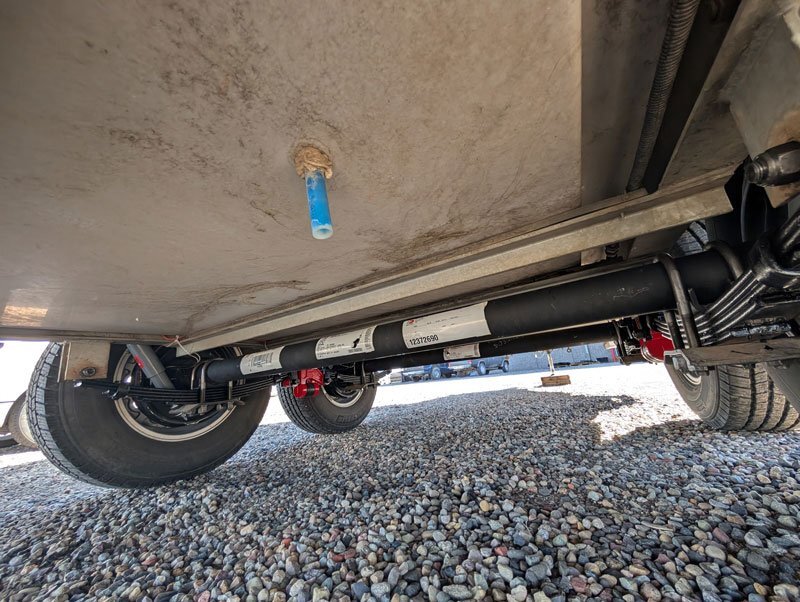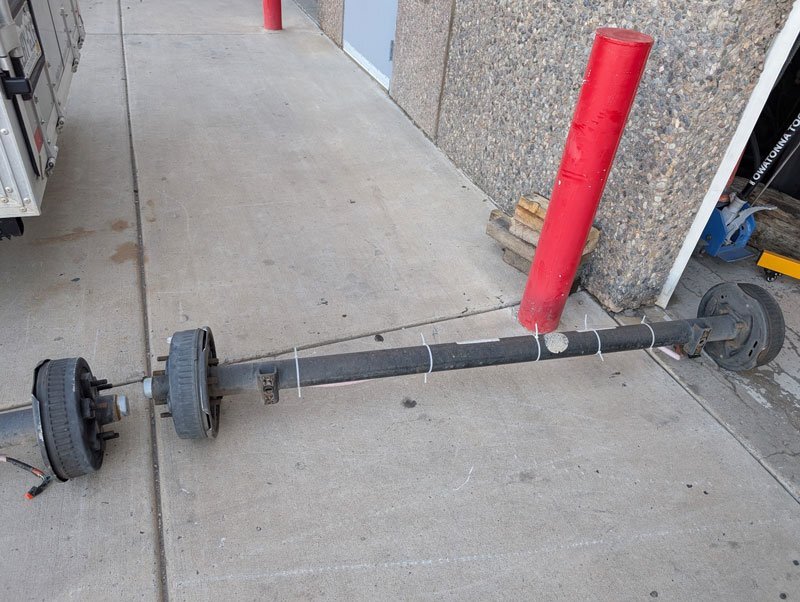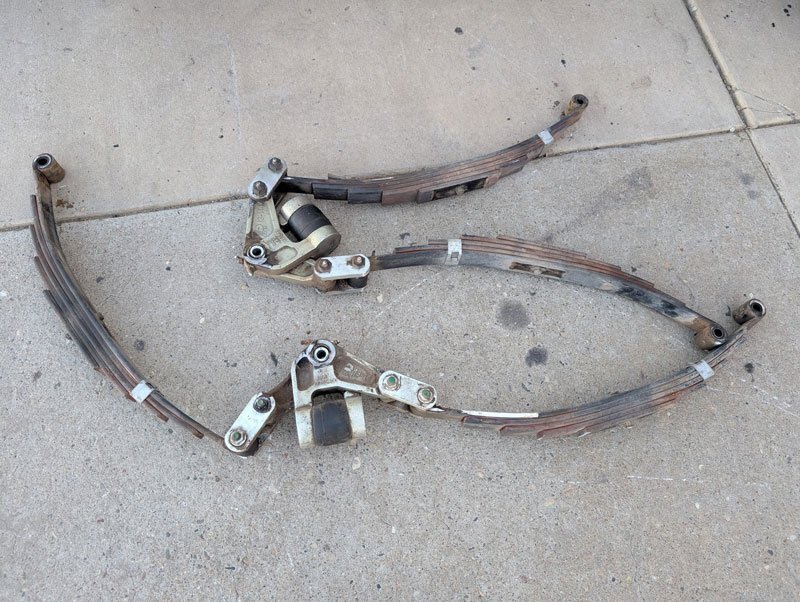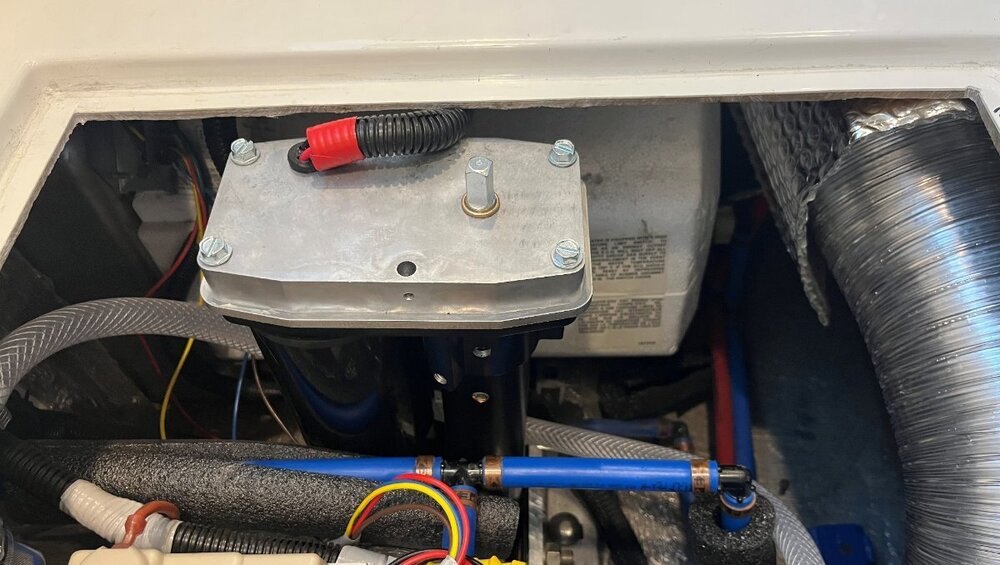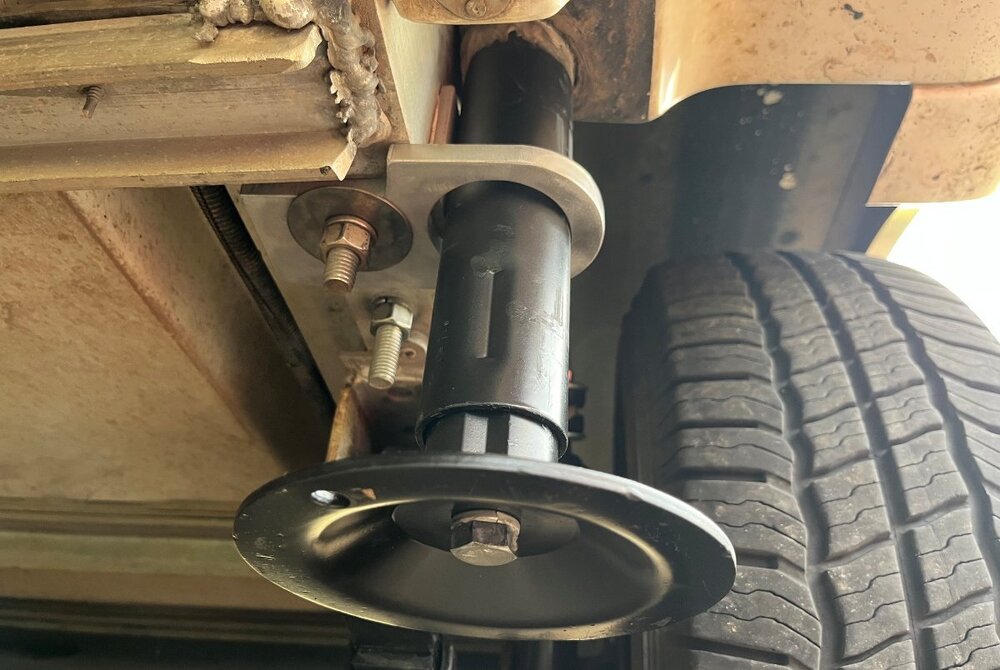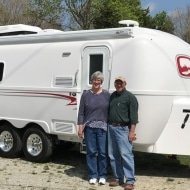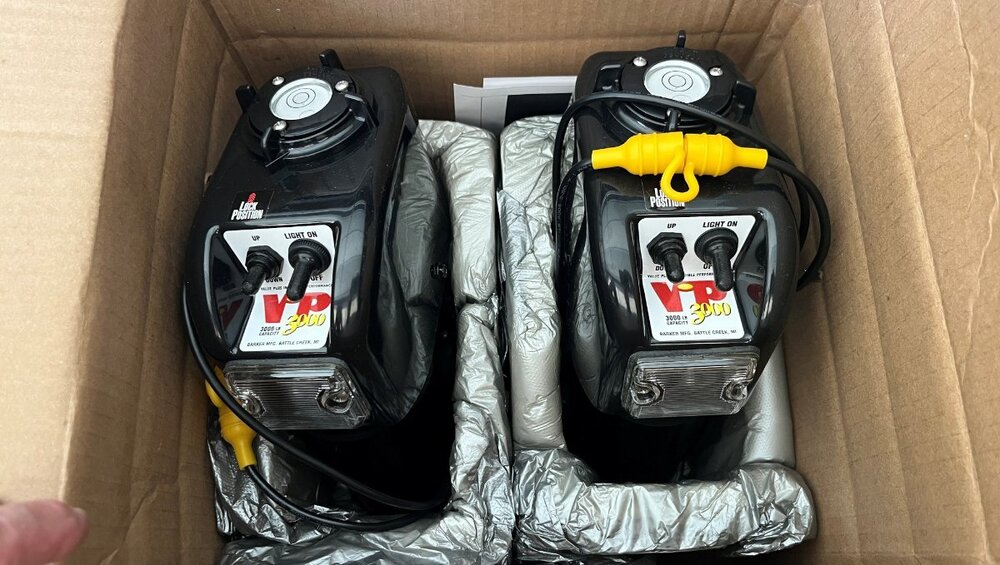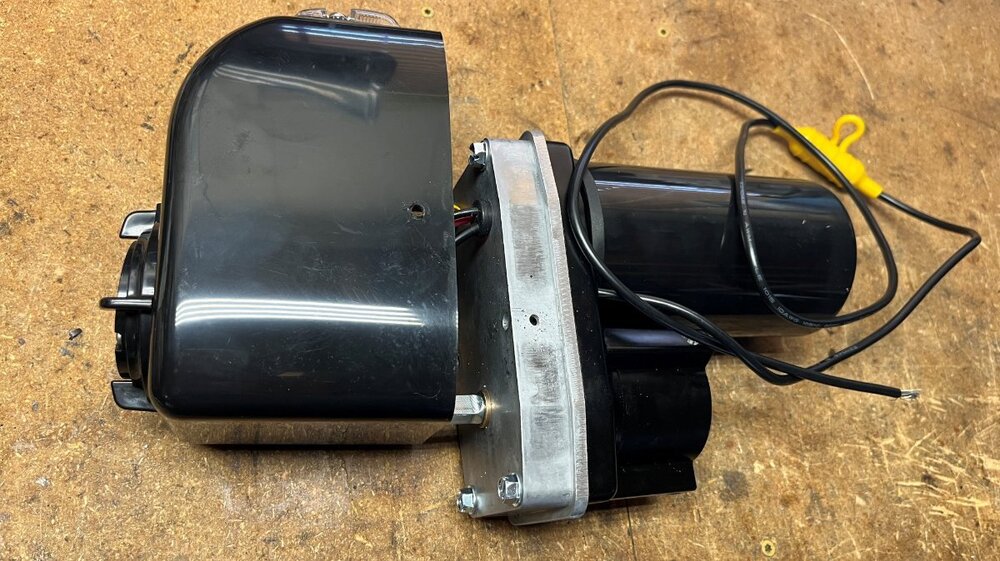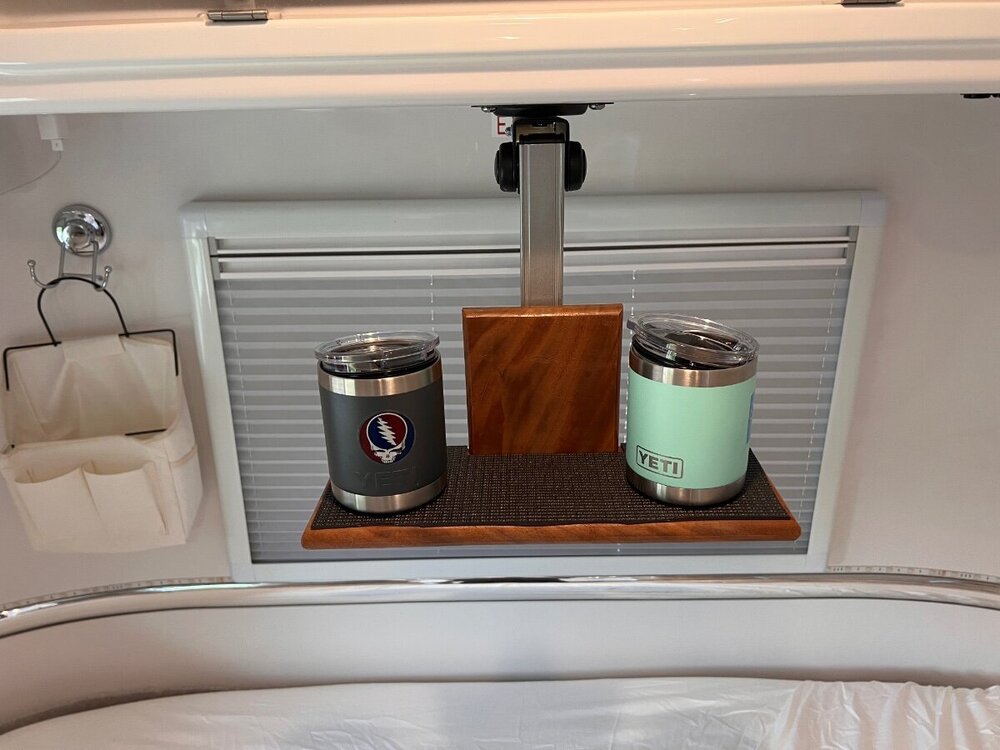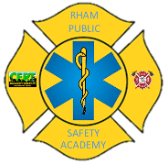Leaderboard
Popular Content
Showing content with the highest reputation since 09/29/2025 in Posts
-
8 points
-
7 points
-
We like this place so much we extended for a week. If we were any closer to Johnson Bay we would be in the water 😄. We are looking at Canada. The waves crashing on the shoreline here make it pretty dreamy when drifting off to sleep with the windows open. Our Weber Q1200 busy with the beast. Plated..at 138d West Quoddy Light house which was freshly painted. It can be seen 20 miles out at sea. IMG_4206.mov7 points
-
Curiosity- Steve and Deb from northern Ohio Copy/pasted from my “Meet Curiosity” thread: Paul Harvey mode on: “And now, for the rest of the story!” The inspiration for the came from a video by the “From She To Me” YouTube channel, which is the travels of a couple our age in their class B van. The voiceover for a recent trip was “Every one of our journeys begin with curiosity. What will we discover? What challenges might we encounter? What will be the lessons we learn?” I paused, replayed that scene, and paused again. Epiphany moment! I turned to Deb and asked how “Curiosity” sounds for a name for our new Oliver, and she was all for it. Then I looked at various images for graphics inspiration. I saw the corporate logo for Curiosity Software Ireland, and thought I’d fiddle with something along those lines. On a whim, I wrote to them asking permission to use their logo. Surprisingly, not only did they approve, but enthusiastically so, offering original graphics files and their endorsement. They plan to tell our story on their social media blog. Crazy how both events happened!!7 points
-
Yesterday we left our base camp and took a little road trip north to Eastport, ME and had breakfast. There was a Norwegian cruise ship in port. We were fortunate enough to get to the local dinner before the mass of peeps began streaming off. Eastport is a neat little sea side town and well worth a visit. We then motored on to Calais, Me and briefly checked out the fair on Main Street. Then crossed over the border in Calais and drove to St Andrew’s, New Brunswick, Canada. 🇨🇦 A very cool little town with a really scenic water front. Lots of shops and a lot of restaurants. We spent about half the day there and would go back for sure. Late afternoon we returned back to base camp we were ready for dinner. I cheffed up blackened fresh scallops and bone in pork chops. The weather has been spectacular and the fall colors continue to pop! Eastport, ME. My bride could not resist..😄 The fresh scallops and blackened bone in chops really turned out great. 👨🏼🍳 We always say it’s not fresh seafood unless you can hear the waves crashing. View from our windows.6 points
-
@Boudicca908 The man made mounting material or as I refer to as PVC, does not hold screws or threaded fasteners very well when using the same size fasteners as were original installed. I would suggest removing one of the existing screws and then finding the same type of screw that is one size larger. I think they are common pan head screws and installation and removal can be accomplished with a Phillips screwdriver. Some type of adhesive may help, but anything like epoxy may make removal difficult. So if you do use an adhesive, use it sparingly. You can always add more the next time. Mossey6 points
-
Great news!!!!! Oliver (Jason Essary) called me and offered to cover the BBQ which I accepted. What this means is those of you that paid for their dinner will be reimbursed. Please extend thank yous to Oliver Travel Trailers for their generosity. There is still a cost for the hall rental and the music at the potluck which comes out to $12.00 per campsite. Paula and I discussed how we would handle this and have come up with this: The money we will be reimbursing will be less $12.00. those that paid for 1 dinner will get $13.00; those that paid for 2 will get $38.00; those that didn't pay for dinner please bring $12 so Paula and I may be reimbursed for costs we covered.6 points
-
Since our Oliver was a one sided purchase, she still prefers the Hampton Inn and I have been in 'the dog house' ever since. My real reason for an Oliver was so we could travel with our dogs! Mossey6 points
-
6 points
-
Coddiwomple "to travel in a purposeful manner towards an unknown destination"6 points
-
Small white fiberglass travel trailers are often compared in appearance to an egg. There's an old joke about why the French only eat one egg for breakfast - because one is "Un Œuf" (anglicized pronunciation "enough"). We feel our LE2 is more than Un Œuf for us.6 points
-
6 points
-
There’s a wide range of “below freezing”. If it’s only down to the high 20s we still rely on our electric space heater (Vornado). I can turn it so that some of the heat is directed into the vent under the bed with the water pump, water tank, etc. We’ve never had anything freeze. I figure if the outer hull is in 27 degree weather and the inner hull is in 68 degree inside weather then between the hulls will be something in between. Below mid 20s we do use the furnace. That’s not been very often since we tend not to camp in very cold weather. Mike5 points
-
This doesn’t answer your question directly, but may give you some food for thought. When I did the full Victron electrical system upgrade, I wanted to also upgrade the mounting method of most of these components. As you have found, sheet metal screws into PVC board isn’t exactly the most secure. So for most of the components I installed, I also used brass threaded inserts of various sizes - depending on the weight of the component and the mounting - vertical or horizontal. It’s a little more work, but it’s a very secure mounting method if installed correctly. https://www.amazon.com/Z-Threaded-Insert-Internal-Threads/dp/B00207NF6W/ref=sr_1_8?dib=eyJ2IjoiMSJ9.DGW1I2sdUlWBQMbecRdN1iMmRcq6Ckucrt-5cHlTGY5RYWzcdmFoUG4qRk6LclmKYaxzhYX3lC7tfKsu8RDNblUeEkg54NBy50z3oBTFE5ZeP59dsYyB4WHq758aJz0K8CHMucPo9GtVKiC5c2rR4i4KRmqwaw1-nVPauSmq1tey0aUXEeRBoIQcNAFNdicNHu3sHwVWwfrgj5PemUXIGRHLK2gziE078GGFLwrPe74._T9JMhLIQjGnr1JN_QYoT8MS7rGJPVIZT_YbZ3oUNjc&dib_tag=se&keywords=threaded%2Binserts&qid=1759539352&refinements=p_n_material_browse%3A17548933011&rnid=17548926011&sr=8-8&th=15 points
-
5 points
-
Got back from Grand Junction, Co last night. Took the Oli up to Alcan to have new Dexter 5200lb D52 axels, new Alcan springs, Bulldog HD shocks, and new Dexter E-Z Flex Suspension Kit (K71-653-00) installed. Took my little buddy Benny with for the day there, day back trip. The guys at Alcan met me out front at 7:30am. I dropped the trailer in the parking lot and they took care of everything. During the wait I drove the Rim Rock Drive in Colorado National Monument. After that, I went for a coffee, spent about half hour there and drove back to Alcan. The trailers was finished already! Then loaded up the old axels and springs into my t.v. and drove to Home Depot to get a torque wrench and sockets. Long drive home, but now the Ollie has all new axels and suspension. First time staying in the trailer. Bed is small for me, so I need to figure out a center connector piece and fill it with cushions to increase the leg area. I know about the Foy product, but may come up with something on my own.5 points
-
New motor heads, rebuilt post assemblies, all parts cleaned and painted and I'm ready for assembly! It's not easy to get the posts out and back in. To get them out, I removed the motor heads first, removed the long mounting bolts and used a hydraulic jack to break the old caulk bead pushing the post up. You could do this with the stabilizer jack itself if the motor heads clear the fiberglass of your bed platforms. Ours has 1/2" clearance on one side and only 1/8" on the other. OTT could cut the basement opening 1" further to the rear so that we have proper clearance, but it is what it is! 🤣 Put new butyl on the posts where the old markings showed the correct position. One is likely enough, but I ended up using two strips of 3/4" butyl on each post. Afterwards you can pushe the excess butyl down aring the post. You really have to cock the post on an outward angle to get it past a mounted support on the frame. Then get underneath to mount the nuts on the long carriage bolts. The aluminum bracket should be pushed in to support the post. Some thread locker on the bolt mounting the foot and all done in working these steps, now looking pretty good! The reman motor heads are standard VIP 3000 heads, meaning they are wired through the top vs. at the motor bottoms. Cut off the heavy gauge wire on both sides top and bottom as these are not used. The two lighter gauge wired, red and black are what is wired. Before crimping make sure the switch runs the motor in the proper direction. If it's running the wrong way swap the wires. I need to add 1 ft lengths of 12 AWG wire to reach the tops.5 points
-
My basement area collapsed a couple of years ago in a very similar way as yours. On mine the rails that supported the basement floor was held to the wall sections with screws that penetrated the wall by only 1/4 inch. As shown in the photos I made a framework to support the floor out of vinyl 3/4 x 5 1/2 material. I would recommend not using wood anywhere in the trailer. Vinyl board and stainless screws. The actual basement floor rests on the framework and is attached to the framework with stainless screws. I also reinforced and sealed the aluminum plate that closes off the rear of the trailer. About half of the sub basement was uninsulated so I also added complete insulation in the area.5 points
-
5 points
-
"The Wonder Egg" - because 17 years ago when it was in production, an Oliver travel trailer was cutting edge manufacturing technology in the fiberglass trailer world. It was a wonder the factory was so eager to accommodate any modification I wanted them to make to hull #14. Solar power was not common way back then, I have the first 2000w inverter, they also wired it for my ham radio hobby which makes it so simple to connect my radio on the inside to a long range antenna on the outside. They placed the springs above the axle to make it easier to maneuver and park in heavily wooded areas. They added an analogue phone line connection near the dinette (hahaha). I have specialized graphics which required them to reposition the license plate. I've now gone to disk brakes - uncommon on single axle trailers, making it even more wondrous! There were perks to being an early bird.5 points
-
No name, but often referred to as My COW (Condo-on-Wheels) and storage facility the COW Barn.5 points
-
“Lottie”, inspired by the Deming, NM gambler Carlotta Thurmond whose nickname was Lottie Deno (self-stylized from the moniker “Lotta Dinero” given to her by another gambler). Carlotta is thought to have been the inspiration for Miss Kitty of the Gunsmoke TV series the nickname performs double duty for my Ollie as I commonly refer to her as Lottie Frickin’ Da due to her being frequently found camping “down by the river”. Lottie sounds a lot better than calling her Matt Foley. IYKYK5 points
-
So as of yesterday, JD now has a Pacbrake PRXB Exhaust Brake!!! 🤣 The vendor swayed me with a 20% OFF Labor Day sale and Cummins Forum members convinced me of its product value! I got the work done and just yesterday went for a test drive. Wow I LOVE it! When I turn OD-OFF the exhaust brake consistently slows my Dodge-Cummins down to 25 MPH before releasing. There is also an engine warm-up feature that when ON pressurizes the valve partially to speed up warming (turned off when ECT hit 165F)! I'm not going to add a build thread here since I'm the only oddball here towing with a truck now 25 years old! It was quite a build (about as much work as upgrading axles). Though I did create a build thread on the Cummins Forum, linked here for those interested: https://www.cumminsforum.com/threads/pacbrake-on-the-dodge-47re-auto.2615212/?post_id=30091229/ An added bonus is the Pacbrake system comes with an onboard air compressor. So, I ran an air line to the rear bumper to air TV and TT tires or whatever. We're leaving Sunday for SW Colorado. Can't wait to see the brake perform on the many mountain road descents we'll see over the next couple weeks! 😎4 points
-
We watch ours quite frequently before bed. Almost always something that I have downloaded on my iPhone via hdmi on the Furion. Works OK. Recently our adult son joined us for a few nights in Glacier National Park. (He has a stunningly good TV/audio system set up at his home.) We lay in our twin beds and all 6 ft of him in the dinette bed, two nights to watch movies. When his visit came to its inevitable end, we drove him to the airport. His parting words: “Thanks for having me. I loved the Ollie. But I am getting you a decent TV for Christmas” 🤣4 points
-
@jd1923 If you care - get yourself a cover for that new jack - the white ones yellow badly after a year or so out in the sun. Bill4 points
-
The failure on the rear curbside jack started with a clicking noise, the jack slipping not lifting and I could hear the motor slowing too. The worm-drive gear is connected to the motor, so the motor needed to be replaced. I figured I would rebuild both sides with new parts. Looking online it's near impossible to find these motors. I had the part number provided in the Barker VIP 3000 installation manual. I called Barker to see if they could provide an online retailer. A few minutes on the phone with Donna at Barker and she informed me that they sell remanufactured motor heads for only $75! I found some online listings at $150 to over $200 for the motor alone (but TG they on back-order)! I ordered two heads over the phone with shipping $185 total. Look at these beauties! Need a need front motor head? Call Barker! Three Allen screws, plug in power to the fuse and you're done in 5-min! Do you pay somebody to work RV service for you, like servicing jacks? You can replace the head for less money, new gears nicely greased, the switches are all new, shiny plastic casing - nice!4 points
-
4 points
-
I read in your other post that unplugging and plugging the inverter makes a noise. This and your test shows you have power to the inverter. The noise means it’s doing something internal. Time to get in the phone with Xantrex Tech Support. You have power in but nothing out. They will have tests for you to do and next steps. Your issue must be the inverter is not powered on or something else internal to the inverter. Good work so far! Keep us posted.4 points
-
We have gone with Bunny, because she is white and our last name rhymes with Rabbit, you take it from there.4 points
-
Per the Dometic thermostat manual: If additional indoor air circulation provided by the air conditioner is NOT desired during Furnace Mode, select “Auto” in Fan Mode to shut the air conditioner fan off. If “Low” or “High” is selected, the air conditioner fan will continue to operate at the selected speed. Simply, when operating the furnace select ‘Auto’ fan to prevent a/c from blowing.4 points
-
I don't see an air compressor in the photos above. But, if you did have an air compressor (or some means to re-inflate the tire), you could have simply "pluggged" that tire without removing it. Note: Plugging a tire is not necessarily the easiest thing to do either. I takes some practice to do it properly. But, in certain situations it is the easiest, cheapest way to get back on the road quickly. Many local tire shops will give you an old tire to practice on. Tire plug kits like THESE can be found at WalMart and almost any automotive parts store. Bill4 points
-
Yesterday it was a beautiful day in SW Harbor, Me and we decided to take a drive over and visit Hinckley Yacht. My sister was their Director of Marketing there for a number of years. Hinckley hand crafts really gorgeous yachts. It was neat to see a few of their beauty’s on dry dock for repairs and upkeep. IMG_4126.mov A little windy during this vid.4 points
-
4 points
-
I removed ours when I worked a major overhaul on the steps, sanded down the aluminum and scraped the old tread out to replace with 3M new. Surprising one came lose since ours where in VERY tight. On one side the nut end mushroomed and would not fit into the hole again, so it couldn’t be reused. I just used a standard short bolt same diameter with locknut (not wanting to wait and pay for parts and shipping for such a small item). I have a list of small things like this, that if I ever truly need parts from OTT, I’d get these too. They are nice bolts, how they fit with no threads showing!3 points
-
3 points
-
We went with a “cheaper” brand. We have had it a year and so far are very happy with it. I would at least say cheaper is better than nothing at all in the case of a TPMS.3 points
-
“The Bus” Named at first sight by our two year old granddaughter because it looked like the bus in a book that was frequently read to her.3 points
-
Foggy Memory Reason: Because so many of our owners have great names, but I had never seen it named "Ollie", short for Oliver. Hence a unique name that I can actually remember. And my trailer's name gets mentionedd every time someone says Oliver! Hence it wins the most popular name award. Real Reason: I didn't have a creative name that I liked. LOL GJ3 points
-
Nope - but - I wouldn't leave that pump on. In fact, I never even turn my pump on unless I'm about to actually use it. Bill3 points
-
3 points
-
3 points
-
Yes that was an in process photo. In fact, the aluminum plate closing off the rear end of the trailer was never sealed so I removed the plate and put butyl tape all around and reattached it. As far as the soil pipe, there is a rubber grommet that tightly seals between the pipe and the aluminum plate.3 points
-
3 points
-
I installed GasStop RV Propane Emergency Shut-Off Valve Gauges on both propane cylinders, which are also useful in testing for minor leaks and purging lines when cylinders are first opened.3 points
-
The Scandvik faucet/shower head that JD1923 opened this post about was original OEM equipment on the early model Oliver’s. I’m not sure when they switched to the Dura faucet/shower head, but it was OEM on our hull 193. And you are correct, many OTTO's have switched to the High Sierra brand, me included. All of our plumbing fixtures other than the High Sierra shower head are either Scandvik or Barka. Scandvik sells both brands in the US and the products are virtually identical. Mossey3 points
-
Big Texas - We didn't give it much thought. We saw this printed on the collar of my daughter's corgi. Realized the dog and the trailer had the same shape. Then asked my daughter to design the logo. In conversation we just refer to it as "the Oliver".3 points
-
We haven’t been able to agree on a FINAL name….😜 But a commonly used one is THE OLLIE… because our daughter’s dog is already Ollie We also use MDIV because we are hull 1504 …. So close to 1500 which would have been perfect for Melissa and Dennis 😃3 points
-
#1047 Saunter - to amble or stroll. Like so many Oliver owners we like to discover whatever is in front of us, wherever that may be. We have found that happens best at a patient pace.3 points
-
"Pearl". Because my sister-in-law said it looked like a tampon. Don't shoot me - I only came up with the name. My SIL made the comment...3 points
-
Having these pictures is great! It may make all the difference in us helping you. Your test light should have an alligator clip on one end, clip it to the negative bus which is the one you have pictured 3 times with all yellow wires. You then want to touch both sides of the SMP 200A breaker shown in your 4th picture. I’m pretty sure this is the breaker between your batteries and inverter. If the breaker is closed (on) and in working order, there should be power on both terminals (test light ON). If you have power on the battery side and not on the other, you need a new breaker and you’ve found your issue. Let us know on this test for next steps if necessary.3 points
-
Recent Achievements









